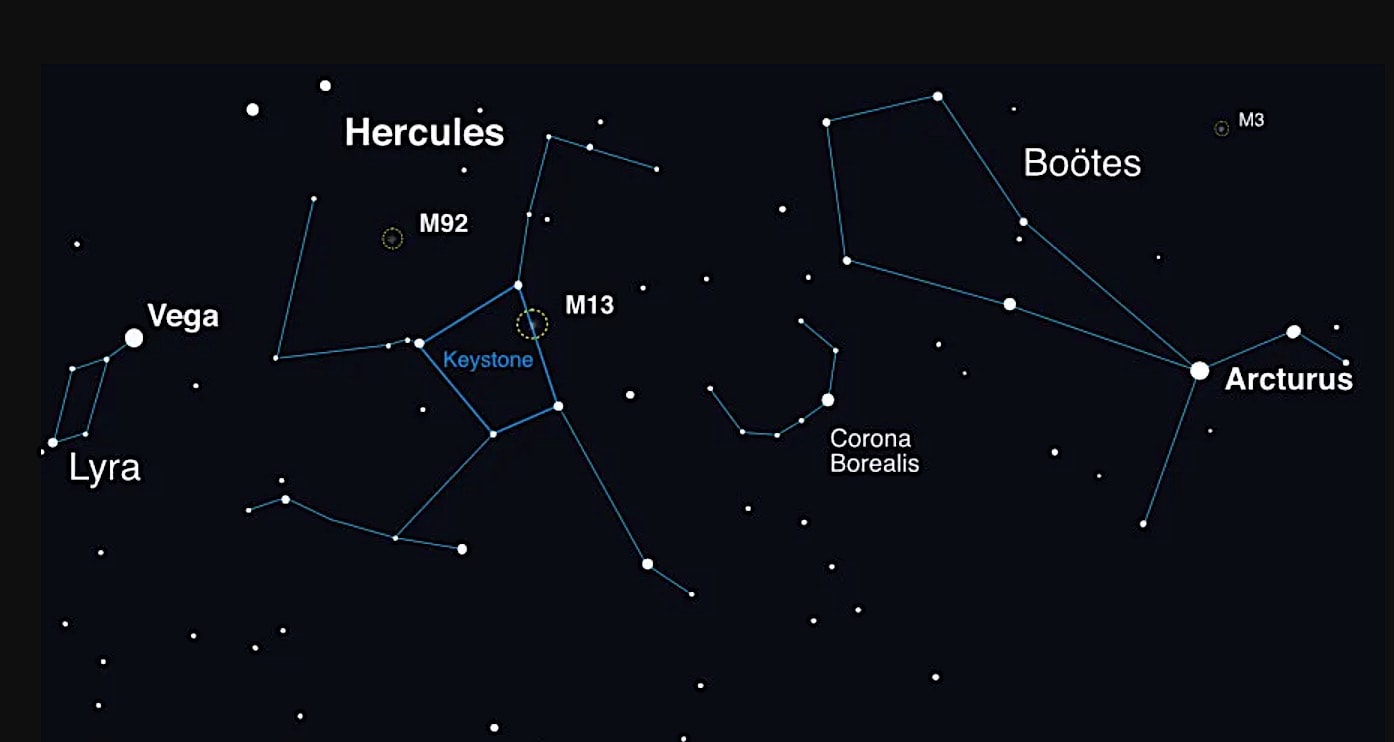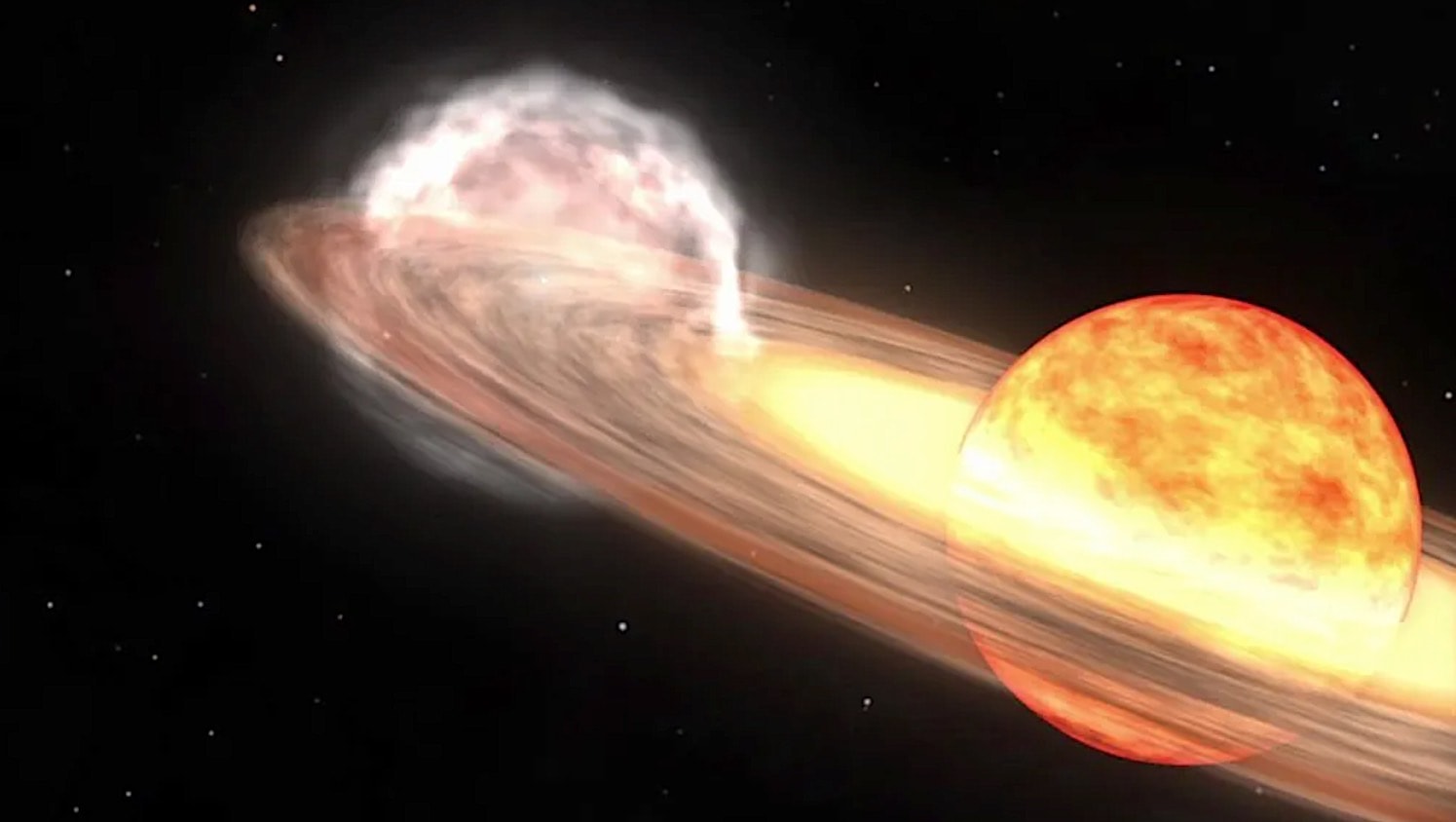Gazing upwards on a clear night, we might be lulled into a sense of celestial permanence. The stars, like countless diamonds scattered across black velvet, seem fixed and unchanging.
Yet, beneath this seemingly static facade lies a universe teeming with activity. Even the stars themselves can erupt in breathtaking displays. One such phenomenon is a nova, a dazzling outburst that dramatically increases a star’s brightness.
Unlike supernovae, which are colossal explosions marking the death throes of giant stars, novae are more frequent and leave the star intact. These stellar fireworks offer skywatchers a privileged look into the dynamic nature of our cosmos, a chance to witness a star’s thermonuclear fury firsthand.
Astronomers are eagerly awaiting a potential celestial explosion from a star system known as T Coronae Borealis (T CrB), nicknamed the Blaze Star. This rare event, predicted for some time this year, would be the first time humans could witness a nova from this system in over 70 years.

Historical records, including observations by a German abbot in 1217, reveal T CrB’s cyclical outbursts. The last documented explosion occurred in 1946, and astronomers believe the tell-tale signs are present again, pointing towards a possible eruption by September 2024.
This prediction is based on the behavior of the white dwarf star within the system, which appears to be mimicking its pre-explosion activity from the mid-20th century. The nova’s proximity to Earth makes it an exceptional opportunity for scientific study.
However, the window of observation is brief, lasting only about a week. To prepare for this fleeting event, NASA has offered guidance for locating T CrB in the night sky, which involves finding the constellation Corona Borealis near the stars Arcturus and Vega.
A global effort is underway to observe the nova. A network of telescopes, including the James Webb Space Telescope and the Fermi Gamma-ray Space Telescope, will be trained on T CrB. This observation will incorporate cutting-edge gamma-ray imaging technology, offering a new perspective on novae compared to the 1946 outburst.
Citizen scientists are also encouraged to participate in data collection, particularly during the initial stages of the eruption. The collective effort will provide a wealth of information for astronomers, helping them to understand the mechanisms of novae and the evolution of binary star systems.
While the September prediction is strong, there remains a possibility that T CrB might defy expectations, as recurrent novae are known for their unpredictable behavior.

